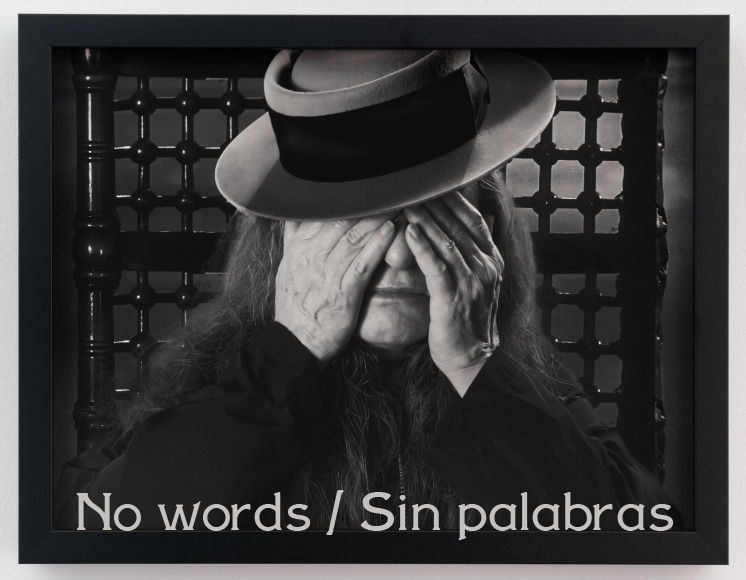Dry Garden, an installation by Annette Lemieux
Dry Garden, an installation by Annette Lemieux
Chaos, Words, Action and Matter
In 2020, during the COVID-19 pandemic, Eduardo Azuaje and Mario Pérez initiated an artistic project in the decaying basements of the Parque Central Residential Complex in Caracas, as galleries and museums were closed. The initiative aimed to bring together artists from different generations and nationalities whose works explored the nature of objects. Among those invited were Annette Lemieux, Meyer Vaisman, Nikola Uzunovski, and Régulo Pérez.
The artistic proposal, titled Without Stars, referenced the dark basements, which looked like a night sky, as well as the global pessimism of the time. Mario Pérez, the project’s curator, sent each invited artist a series of photos and texts describing the places that could be transformed into a temporary exhibition space.
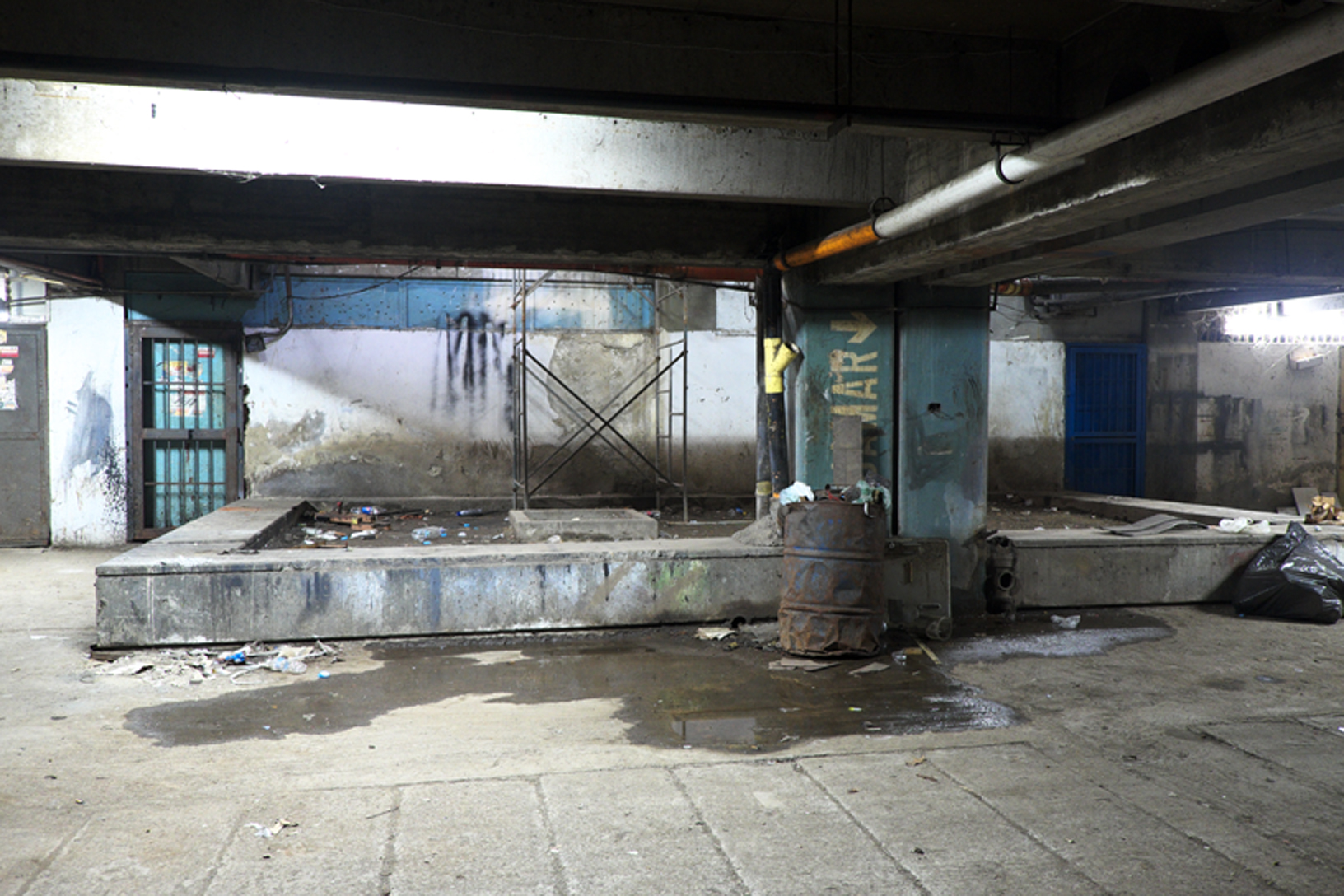
Photo: Renato Donzelli.
Annette Lemieux chose a space that was once full of plants but had become dry. She proposed transforming it into a zen garden with a blue background. Since zen gardens are built using rocks from the surrounding areas, Lemieux’s installation would be created using debris from the basement, which would be placed on raked sand. The objects that made up the installation formed a single work of art when they were together, but when separated, they were just junk. The result would be a carefully arranged piece in the middle of darkness and chaos.
Up From the Dirt
Due to the basement’s contamination and decaying conditions, Lemieux’s installation, titled Dry Garden, was created in a state of contingency, embracing its ephemeral nature. Debris was arranged to build the installation, which emerged from the ground. This experience, which only lasted a few hours, was captured in a photo session and in videos. The work was seen by very few people at the time due to the space’s contamination.
Eventually, the chaotic social dynamics of the space absorbed the artwork, leaving only the rocks, which were then transported to the surface. These rocks were taken to the Museum of Fine Arts in Caracas to recreate the experience in a more stable environment.
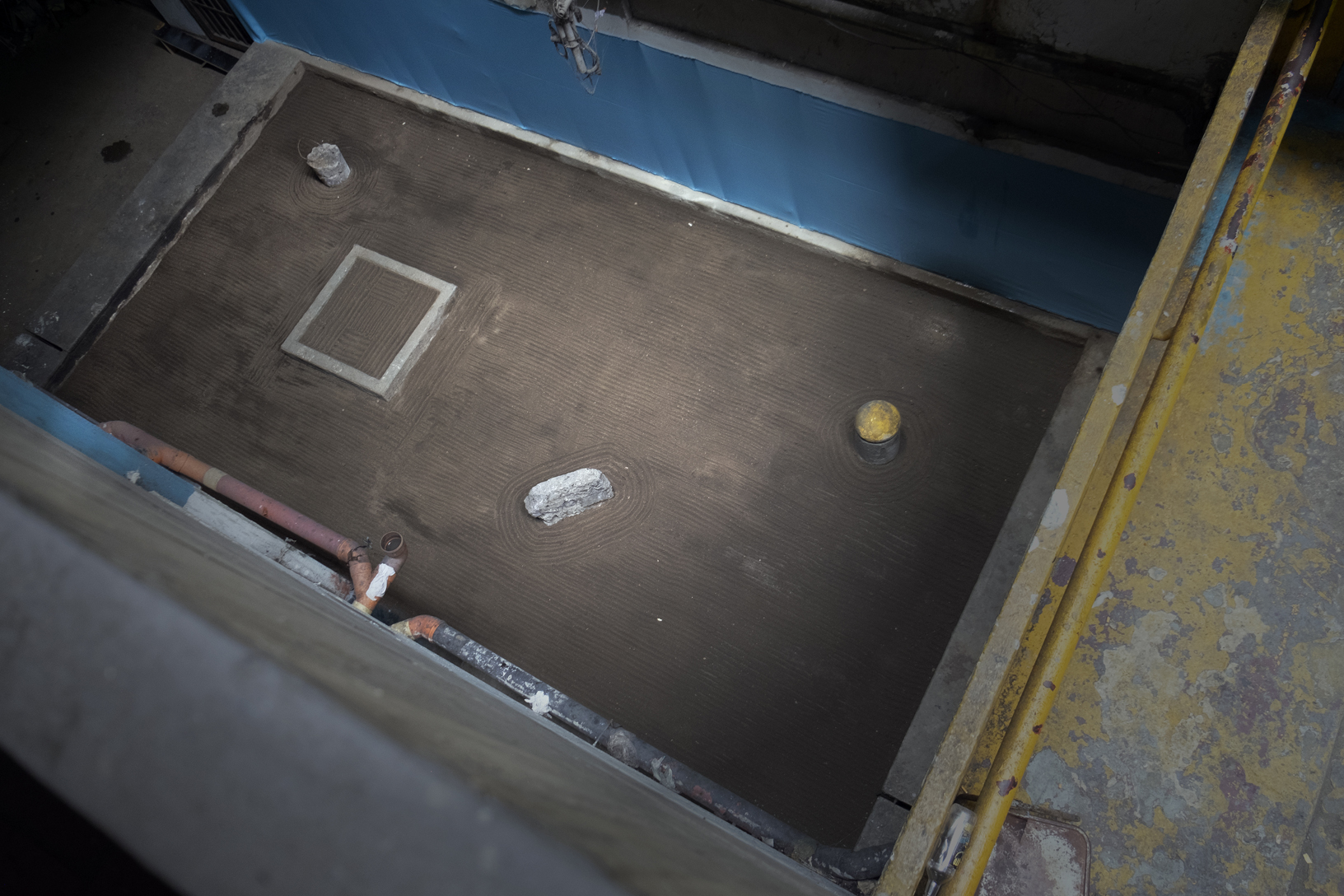
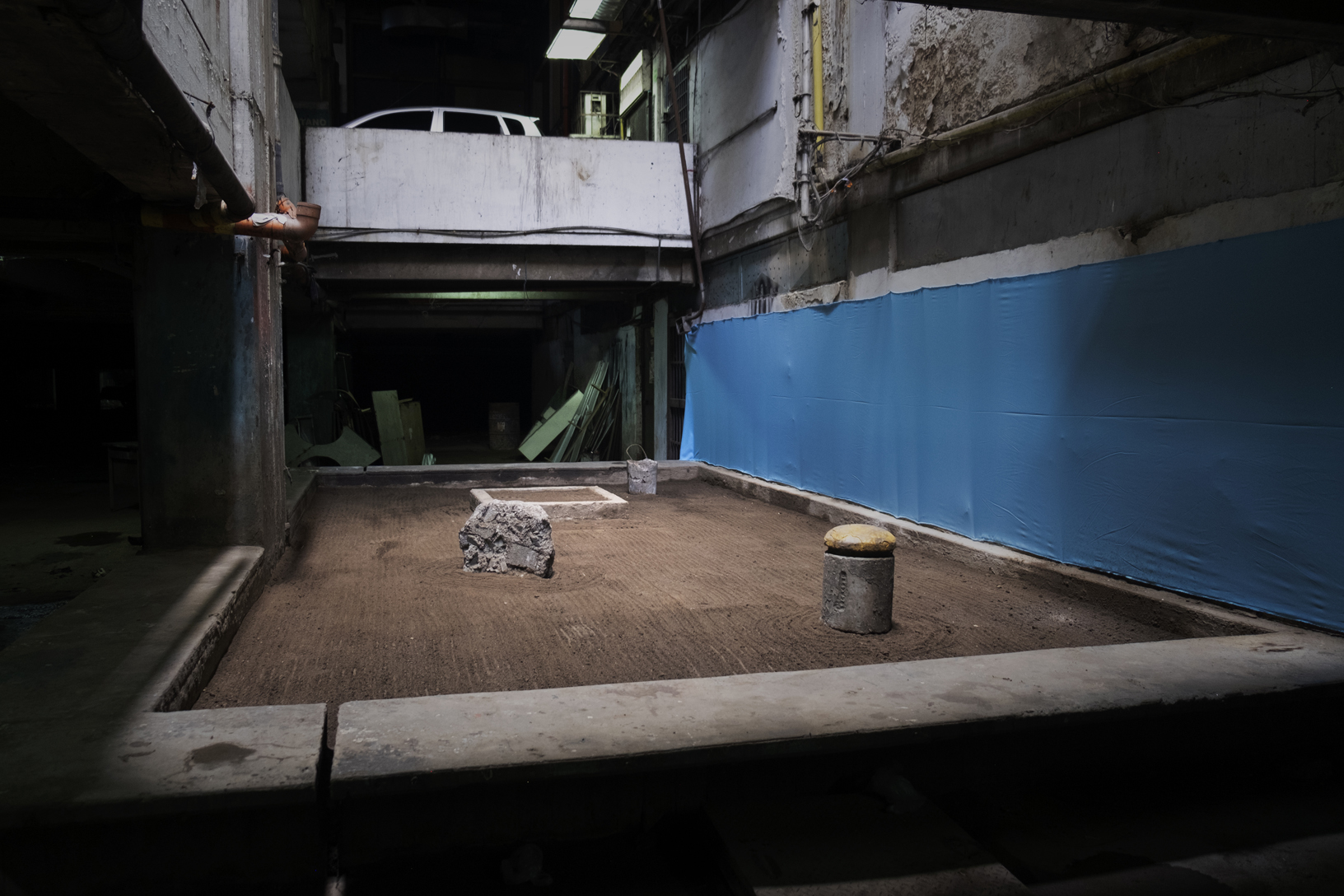
Photo: Renato Donzelli.
As Above, So Below
The design and manufacturing of the lighting for Dry Garden was a long process. The goal was to frame the installation with the darkness of the exhibition room while the background wall, with its gradient blue lights, gradually revealed the raw textures of the debris and sand. This made the artwork a recreation of a zen garden with a precarious realism that goes beyond using art as a mere decoration.
In the second stage of the Without Stars project, the works of the participating artists were taken to the Museum of Fine Arts to recreate the experience in a more stable environment. In this new space, the museum was converted into a sort of basement from the opening of the exhibition from the opening of the exhibition in October 2022 to its closing in April 2023.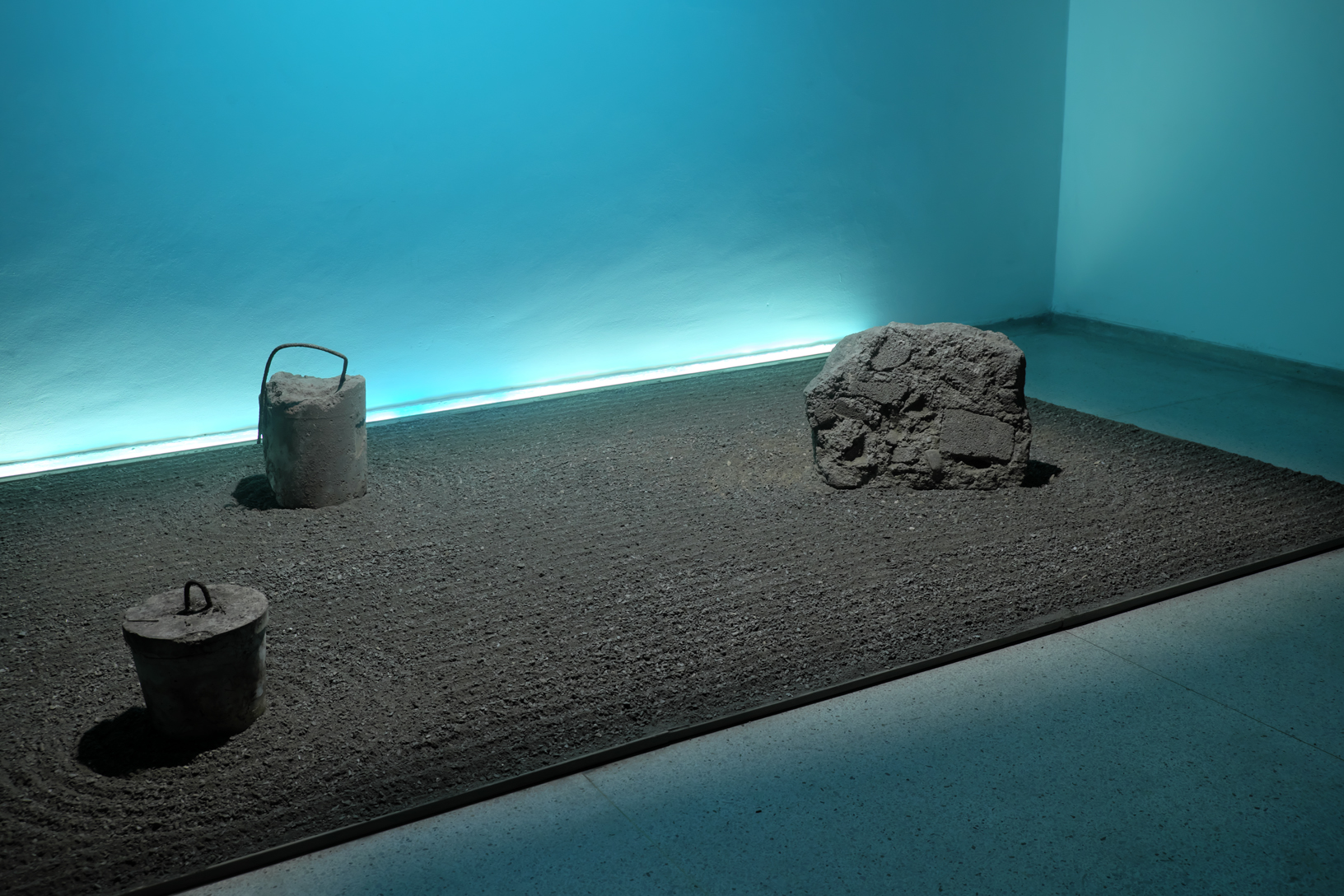
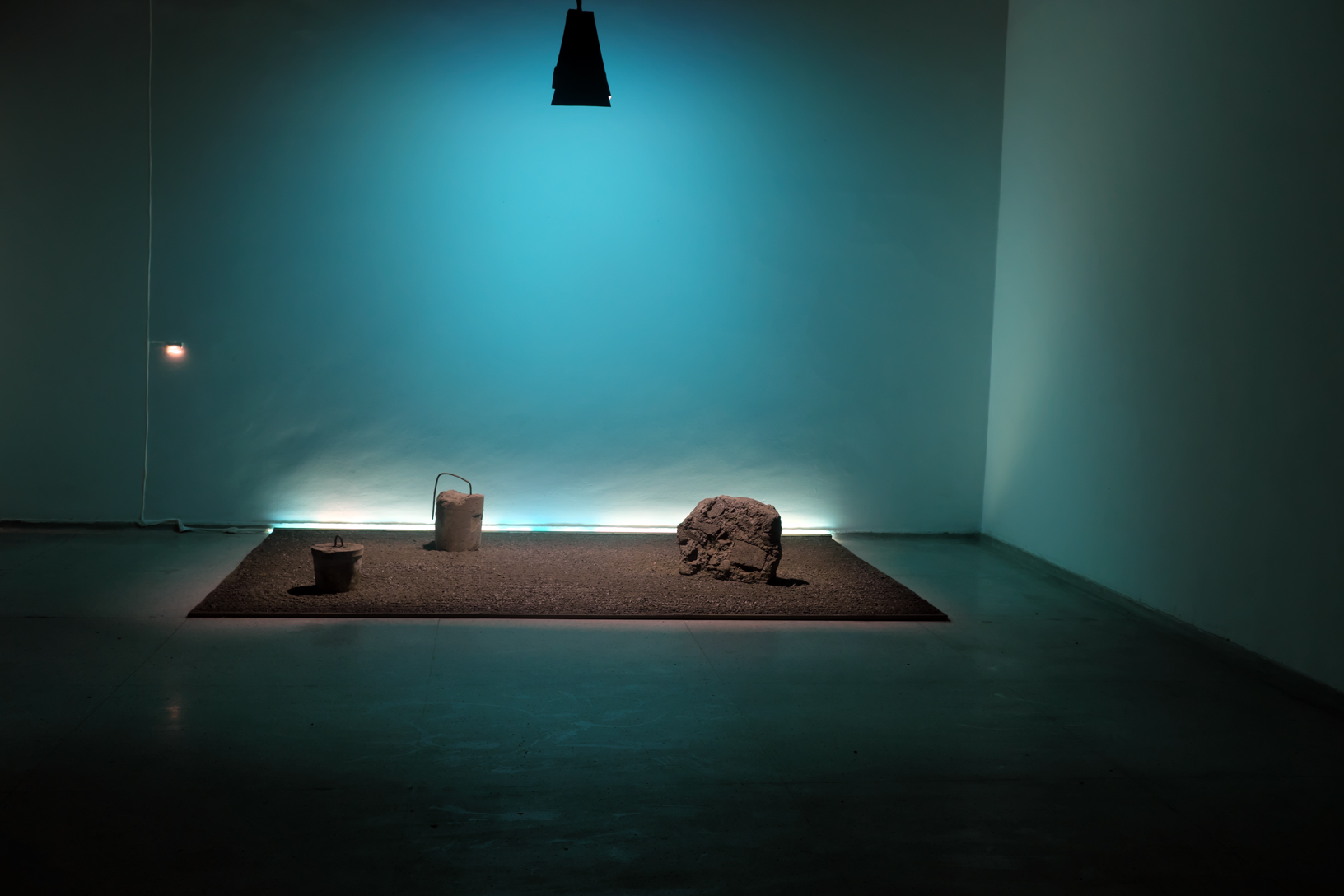
Photos: Renato Donzelli.
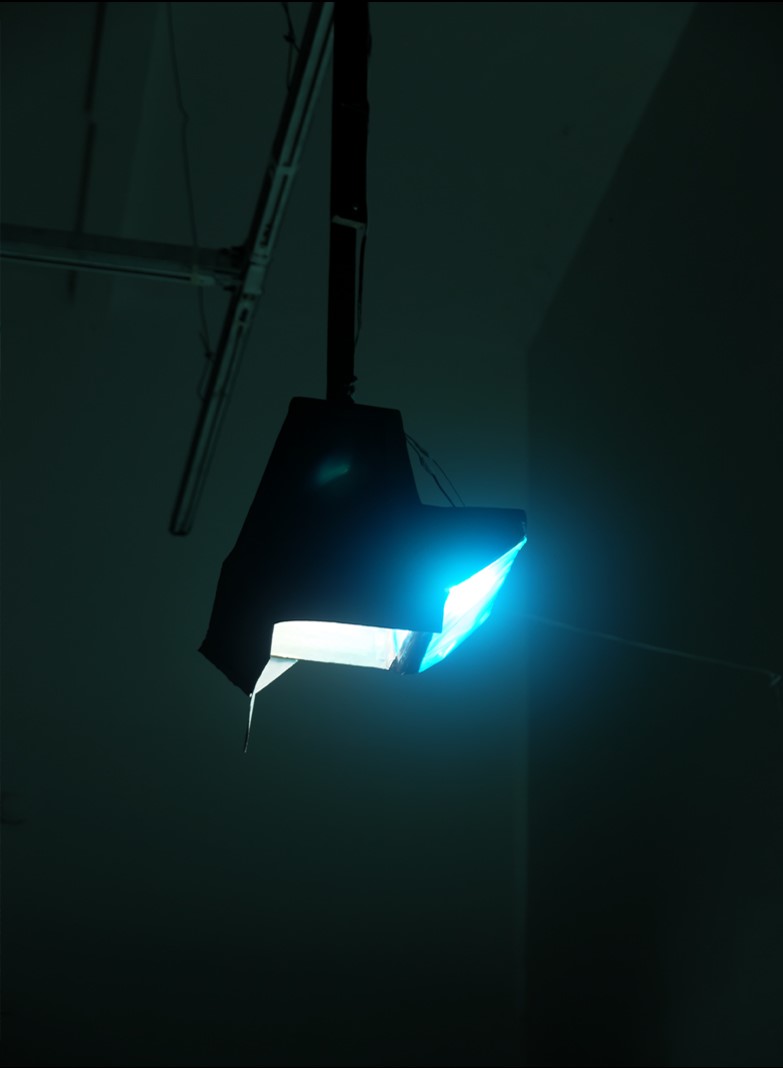
Photo: Renato Donzelli.
The piece by Lemieux was initially an artistic intervention in a deteriorated space. It was done without any permission and almost in clandestine conditions. After being finally installed at the Caracas Museum of Fine Arts, it became a place of contemplation for many people who stood or sat near it. Dry Garden was also one of the most photographed artworks by visitors, experiencing its lights could be described as being in the presence of a strong charge of energy concentrated in an area that viewers could gradually immerse themselves in or leave.
© Mario Pérez, 2023.
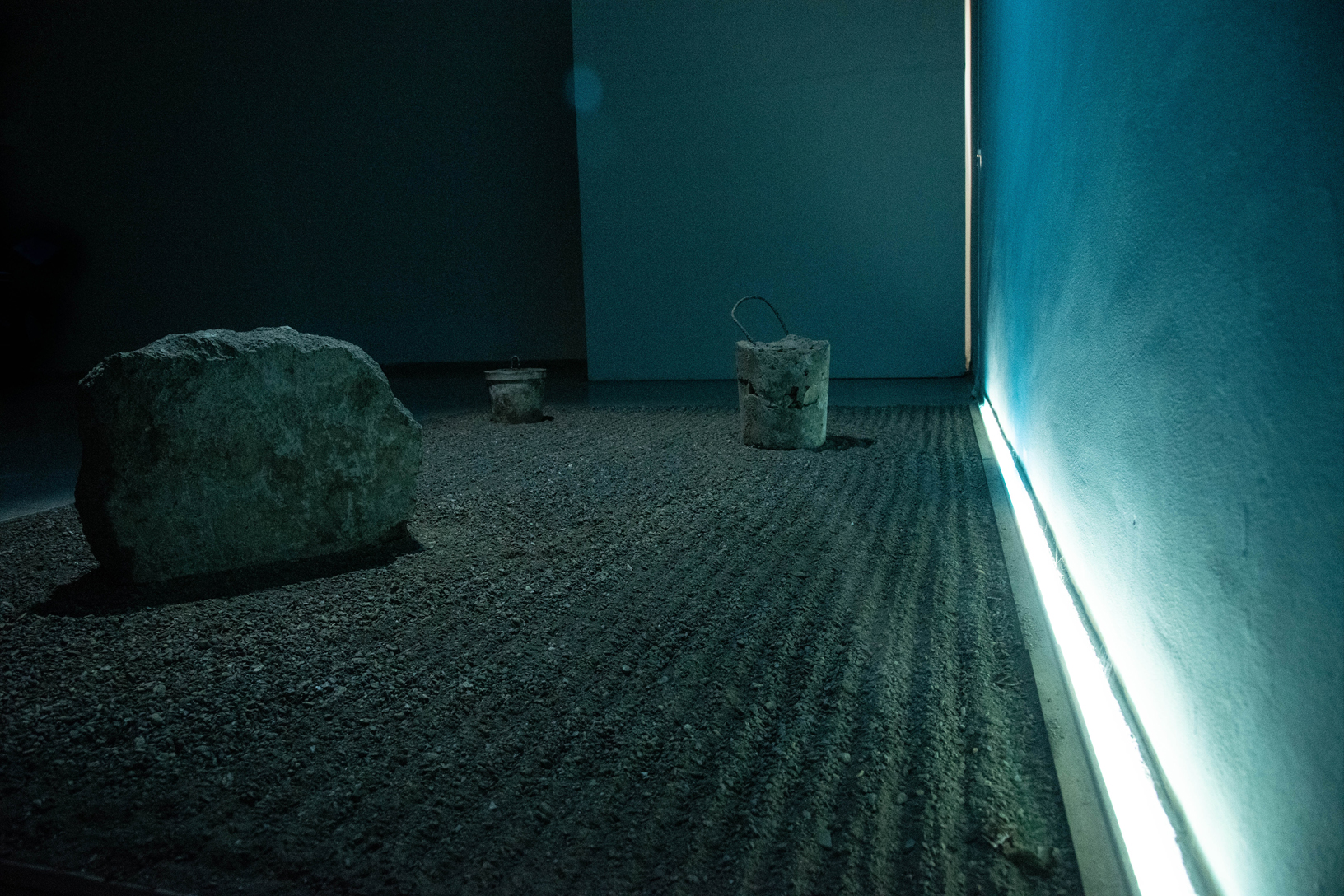
Photo: Bárbara Rodríguez.

